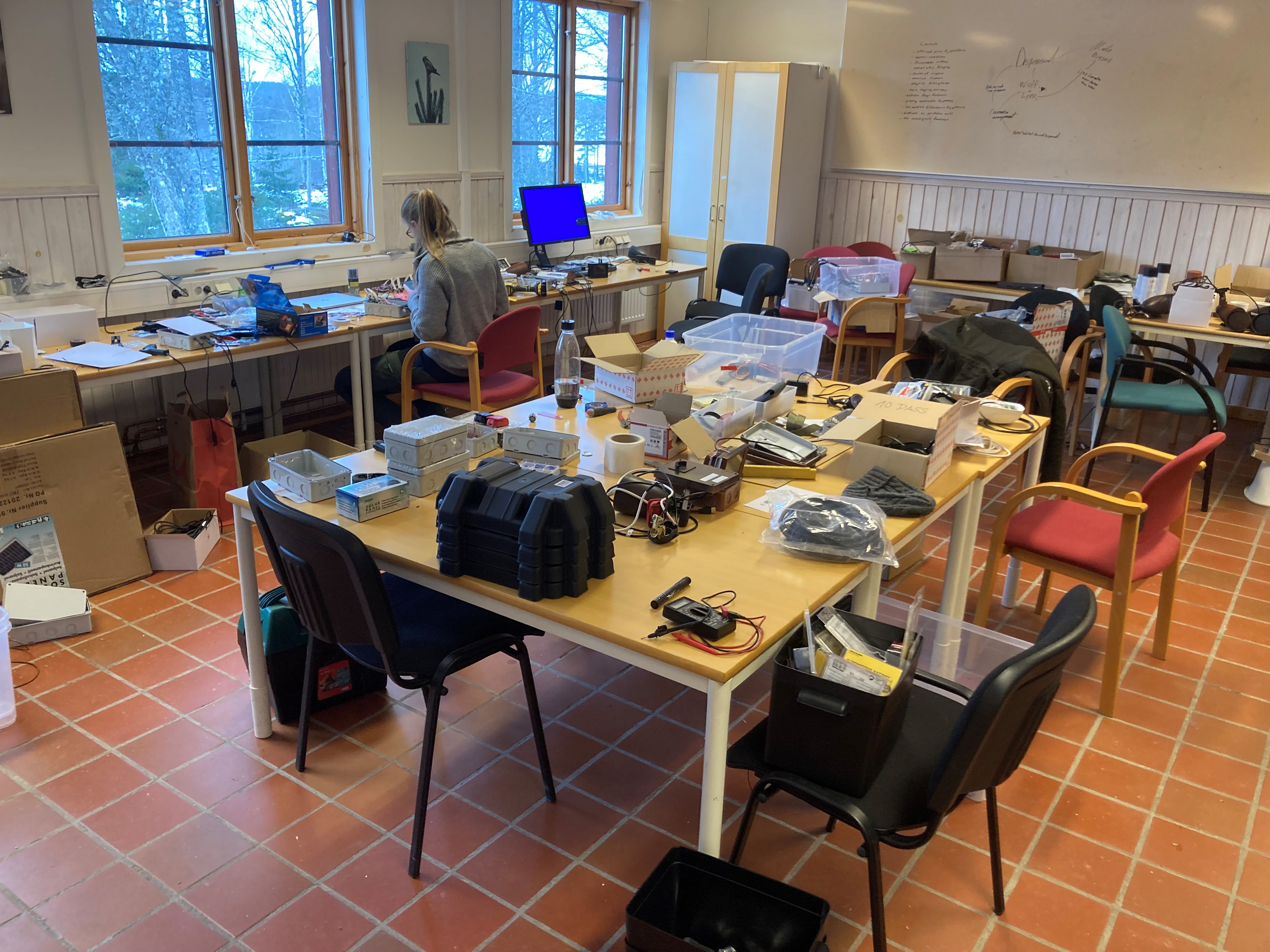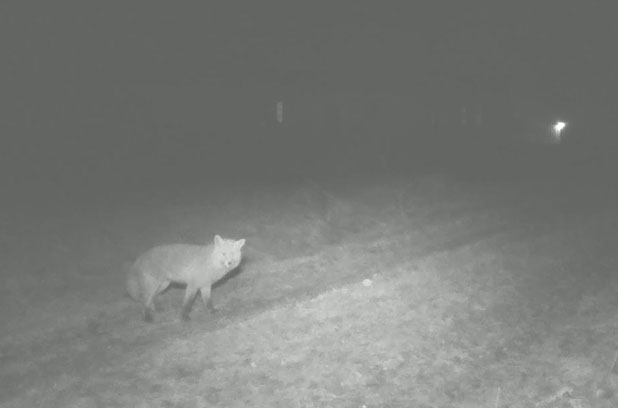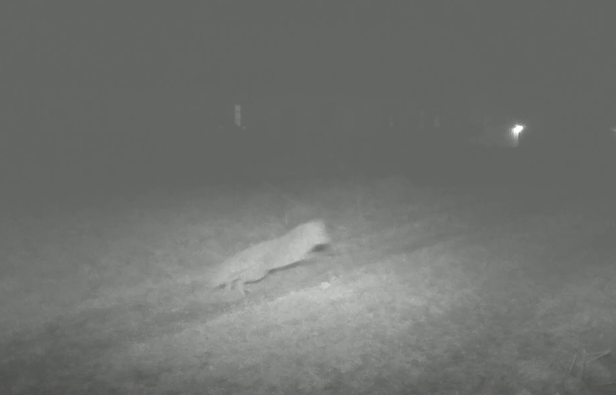In fall 2021 a temporary technical workshop was established at Grimsö Wildlife Research Station to develop technology for decreasing the number of traffic accidents involving wildlife. Research and development projects are conducted with project leaders from Grimsö in collaboration with several national and international stakeholders, including, the Swedish Transport Administration, Interreg Sweden-Norway, the Norwegian Institute of Bioeconomy Research (NIMBO), and the Norwegian railway infrastructure BaneNOR. This work is part of a broad range of activities concerning wildlife and traffic, a complex topic with growing importance in recent decades. More information about the project and innovative solutions to reduce wildlife collisions in traffic can be found at Om projektet – Vilt och Trafik.

To find effective measures to prevent wildlife – traffic accidents these projects evaluate the best design for various types of wildlife passages (bridges, tunnels, etc). The current sub-project “Viltvarning vid järnväg” focuses on developing techniques to scare animals away from railroad areas using sounds. This is being explored as an alternative to exclusion fences and wildlife passages, as it has the potential to be a more flexible and less expensive solution, and allows for animals to move more freely through the environment. The new design being tested is called a MASS unit (Movement Activated Scaring System) and uses IR sensors to detect movements, which in turn activate loudspeakers that send out various sounds (horns, voices, etc) at high volume (>70 dB). The units are powered by car batteries and solar panels. This year the equipment is tested along railroads and cameras monitor how animals respond to the sounds. The collaborative work among authorities, consultants, and researchers in this project producing the MASS units and the scientific evaluation of their effectiveness is a good example of how SITES stations can be utilized.

